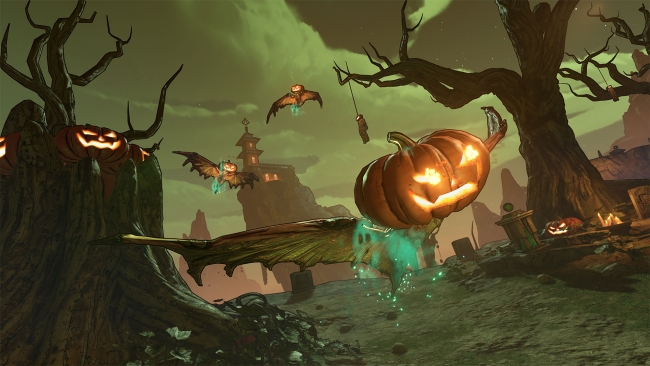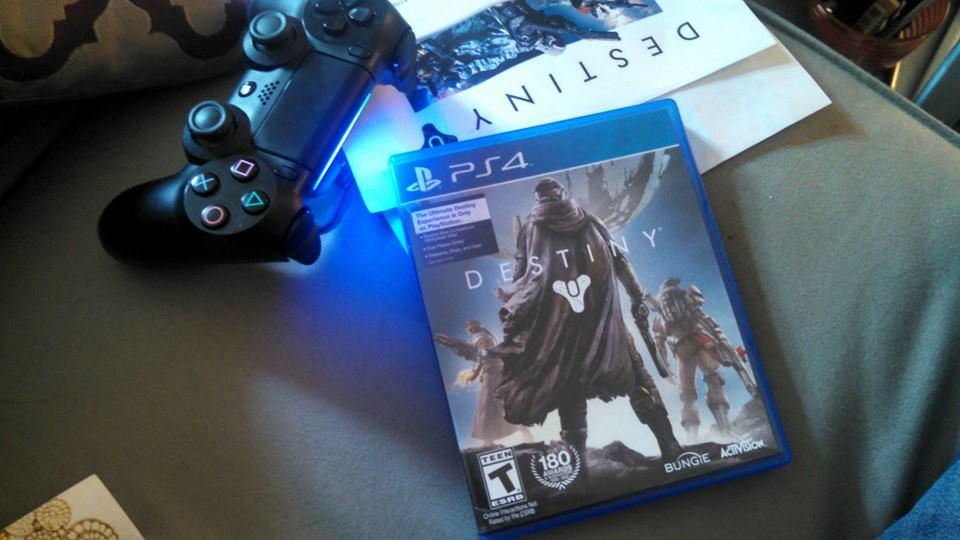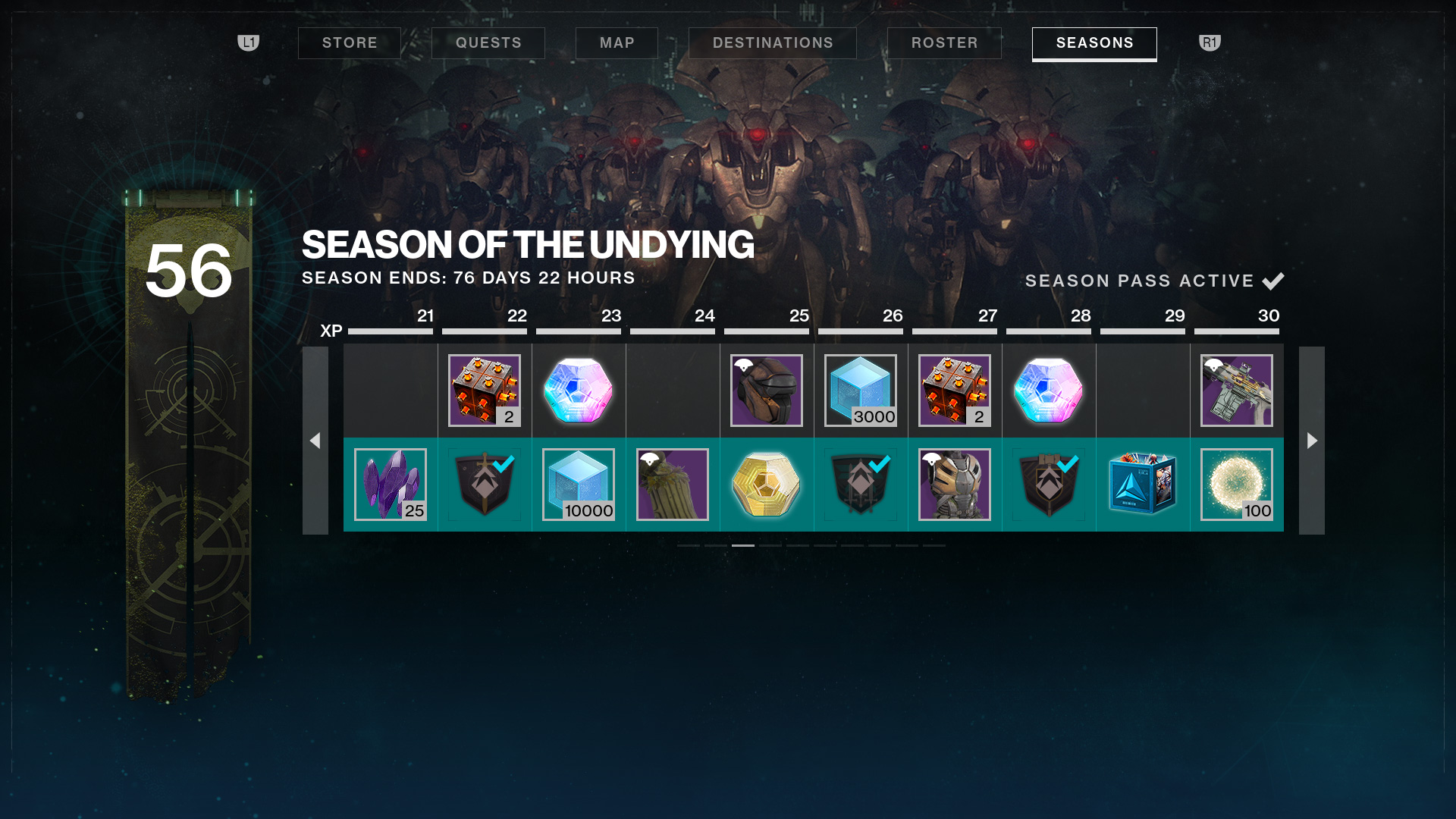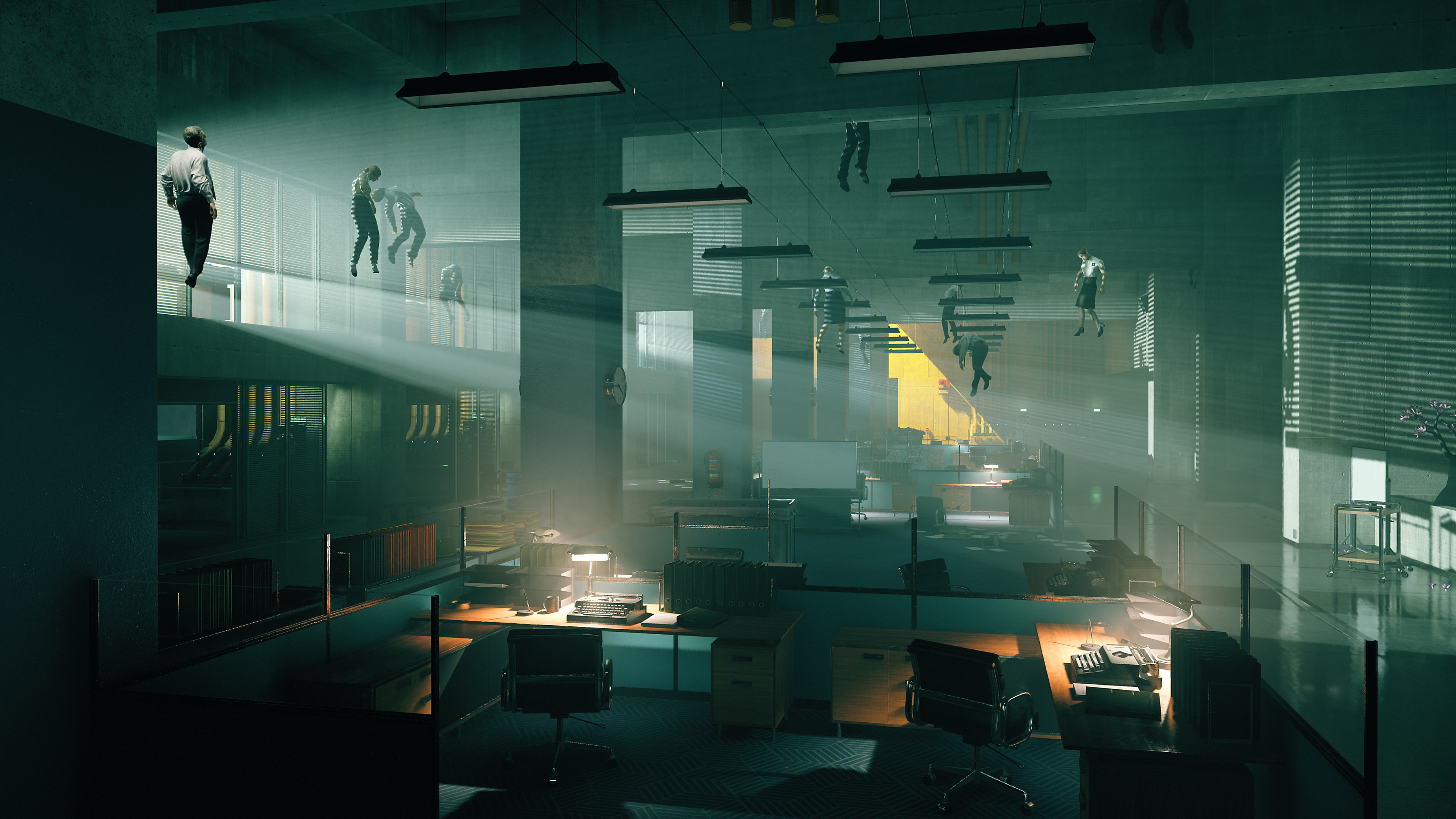Whether we wanted it or not, games are changing in big ways. I could go on and on about the advent of digital games or cloud streaming coming in to take over (and I have in the past), but right now I want to talk about a curious element that’s been creeping into modern gaming more and more: living games.
For years, games have been known as singular static products, a boxed package with a set amount of content that you buy, play, beat, and maybe revisit every few years if you’re feeling nostalgic. Even with multiplayer games, they were relatively static. What you played on release was the same content you’d be playing if you picked it up again in a few months or even a few years.
Then we saw DLC and expansions start to come to games, adding content after the fact to re-engage players and help add a layer of freshness to something tried and true. For people that just want a little bit more, this kind of content refresh has often been a great way to bring attention back to older releases. But there’s another category of engagement with games that has been gaining a lot of traction as we see more living games with limited-time events, often free updates that are designed to draw players in through the fear of missing out (or FOMO).
Living games are often associated with those common terms like “FOMO.” “Grinding” is another word that’s usually attributed, as the live events are designed to lock players into that particular game’s ecosystem, incentivizing them with reasons to keep coming back for more, even when all of the base content has been exhausted. Unfortunately, many of these terms have been given an almost negative attribution, but I’d like to take a look at the more positive side of living games, and maybe a different spin on what’s negative about them.
Is it Psychological Manipulation?
Isn’t everything? Welcome to life in 2019, where everything is vying for your attention. Literally all of the things want you to tear your attention away from all of the other things. And sure, you can have an insanely cynical view about living games and what’s behind those motivations to play, but you were never the audience they were trying to capture to begin with, which makes your voice easy to ignore.
Story time! When I was young, I used to hammer on World of Warcraft and how stupid I thought it was and how it was a terrible game and whatever else I could say to bad mouth it. In the wisdom of my older age, you know what I figured out? World of Warcraft was right up my ally. It was everything that I loved about games. I would have been absolutely addicted. But I didn’t have the means to play it (monthly subscription) and even if I did, I knew that it would have consumed my life, so I talked shit on the game to justify my own inability to play it, and to keep myself from gaining enough curiosity to even start.
Little did I know at the time that deep down, I desperately wanted to be a part of what World of Warcraft was. I regret not being a part of that now, but in more recent years, I’ve found my own World of Warcraft to turn to. I’ve found Destiny.
I’ve seen people making the same justifications for Destiny that I used to make about WoW, and it just makes me chuckle at this point. People who played World of Warcraft and the development team behind it didn’t care about the angry hateful ramblings of some teenage kid who hadn’t even played it. I wasn’t even on their radar. I was just some annoying punk who thought he was all high and mighty because he hated something popular (that he knew he’d actually love if he even gave it a shot).
Players Want to Play More
Fact is that living games emerged from players’ desires to engage with a specific game’s worlds, stories, and mechanics beyond just a simple base package. They were and are specifically made for the people who just want more. Look what happened with Destiny, when long content droughts had people champing at the bit for more to do. Or when Destiny 2 launched with a more casual audience in mind, but the hardcore begged for more meaningful ways to engage with the game. And when live events were less-than player friendly, you can bet that those same players had a lot of feedback.
Of course there’s always a hook. There is a little bit of FOMO. There’s something that’s designed to pique your interest and grab you. And developers have been performing a delicate balancing act and creating that hook, but also making sure that engagement doesn’t feel manipulative. It needs to be fun and rewarding. Yes, that does cost more money sometimes, and there is monetization behind living games, but developers need to be paid for their work. If I’m enjoying engaging with Destiny for thousands of hours, is that a better investment than the countless other things I may have spent money on in that time? Only I can decide that.
I’ll always circle back to Destiny for these examples because it’s what I know best. I know the game and its community, and I’ve felt the ups and downs of the living game model for the last five years. But the players have been the driving force in making sure that Destiny developer Bungie maintains that path of something that is constantly different, engaging and fun, but still has that limited-time hook to make sure that there’s a sense of urgency in playing. In fact, the entire upcoming year’s model is embracing this, not just for limited-time events, but in adding a time limit to narrative and events across the seasons to meaningfully push the entire genre of evolving living games forward. It will be an interesting experiment, to say the least, but it’s one that I’m more than eager to be involved with.
The One Downside
There is one downside, and no, it’s not that these games are manipulating me or the monetization practices or the countless other talking points we see repeatedly brought up by people that don’t even directly take part in these things. The downside is that there are just too many fun living experiences to be a part of.
At this very moment, I’m trying to keep up with Destiny 2 (luckily there’s a bit of a break here ahead of Shadowkeep), Borderlands 3 (the upcoming Bloody Harvest looks great), Plants vs. Zombies: Battle for Neighborville (it’s Week 3 of the Founder’s Edition), and the Call of Duty: Modern Warfare beta going on this weekend. That’s on top of simply having to drop games like Final Fantasy XIV, Elder Scrolls Online, Overwatch, and never even trying out games like Assassin’s Creed Odyssey or Fallout 76. And all of that doesn’t even mention the single-player games I’d love to play like Control, A Plague Tale, or even Uncharted: The Lost Legacy (yes, I still have yet to play it). And then some of those like Control will get additional DLC and content to keep up with too. Do you know how much cool stuff I could build or play in Dreams if I had the time? How am I supposed to keep up with it all?
If this sounds like a bad thing, it’s really not. I mean, there is a certain wistful nature I get at having so much that I want to do and so little time to do it (and of course still maintaining a healthy life outside of games as well). Truth is, if living games like Destiny weren’t there to engage me, it would just be something else. At one time it was Platinum hunting for PlayStation Trophies. While I still enjoy a good Trophy hunt, I’ve definitely filtered my priorities down into more deep dives into fewer games as opposed to quickly consuming full games only to toss them aside for the next thing. I really love that I can learn, evolve, and grow with a game like Destiny. I don’t actively remember many moments and experiences from my time with many of my 198 Platinum trophies. But I’ve got stories upon stories to tell with Destiny. I had fun Trophy hunting. Now I have fun with Destiny.
One other reason I like maintaining an interest in Destiny is due to the sheer cost per hour of entertainment. We talk a lot about time investment, but deciding to strictly invest monetarily into Destiny saves me a lot of money elsewhere as well. I remember being “bored” as a kid, feeling like I had already played everything I owned and always wanting something new to play (even when I realistically hadn’t exhausted everything these games had to offer). With living games, I get to always look forward to fresh content and updates from a game I already own. Sometimes, there might be a little investment to kick start things with a new expansion or Season, but it’s not the same as shelling out $60 every week to put 10-20 hours into the latest new release and then move on.
There’s no one “right” answer to all of this, except to say: Play what you want and what makes you happy. If living games aren’t for you, I completely understand. I considered myself among your number at one point in time, simply because I wanted to experience “all the games,” and dedicating myself strictly to one was taking away from so many others. Now, however? I love what I get from a few games in particular, though I may be missing out on other experiences. There are two sides to this fence, and neither is right or wrong, but each is a different way of experiencing games. And that’s just in games. There is simply not enough time in the world to do and experience everything that we all want to, but as long as what you do decide to do makes you happy, why should anyone else tell you differently?
Daily Reaction reacts daily to the video game industry. Have suggestions for the column or subjects you’d like us to react to? Let me know in the comments below and be sure to check out previous Daily Reactions for more dives beyond the headlines.











